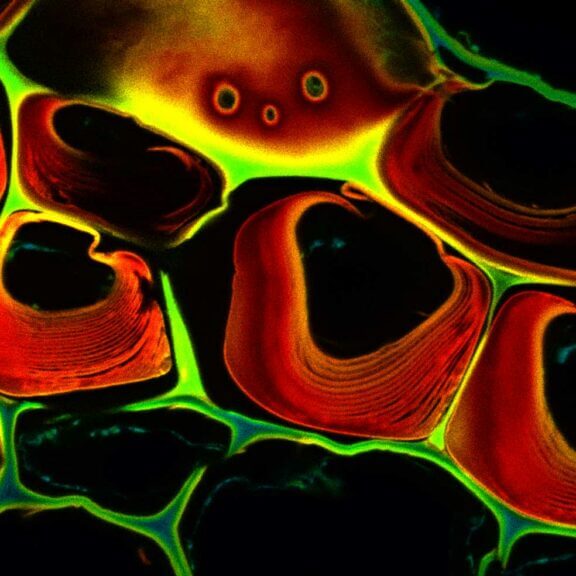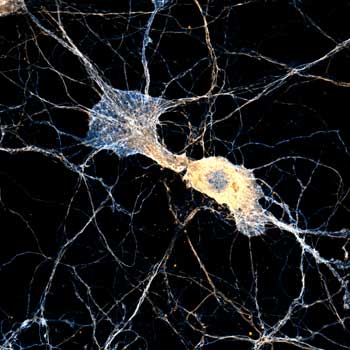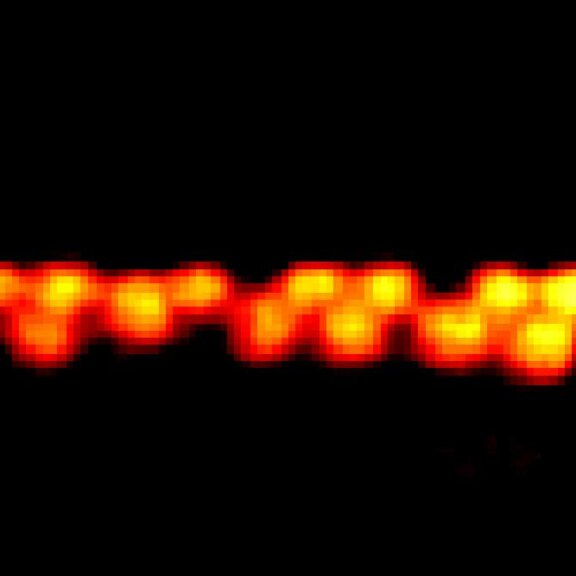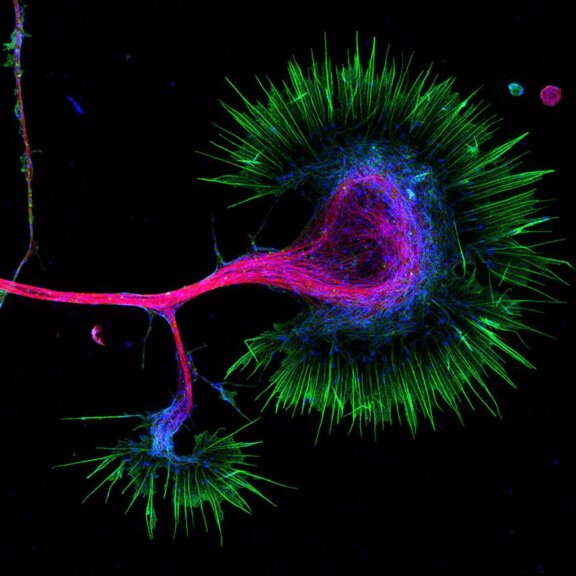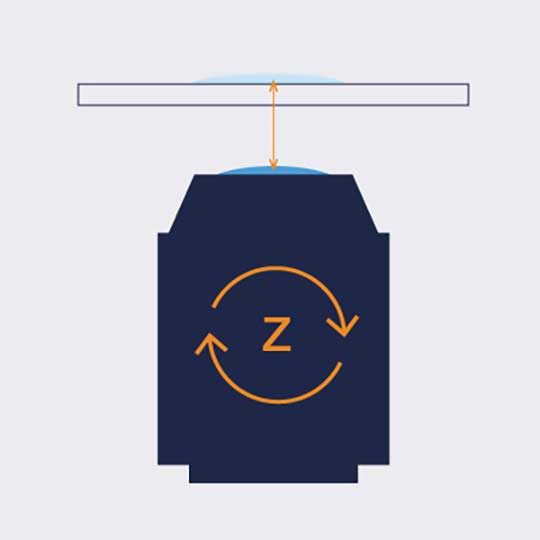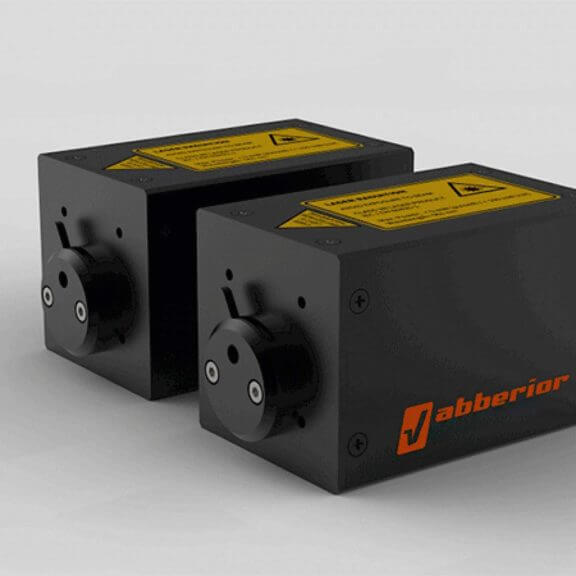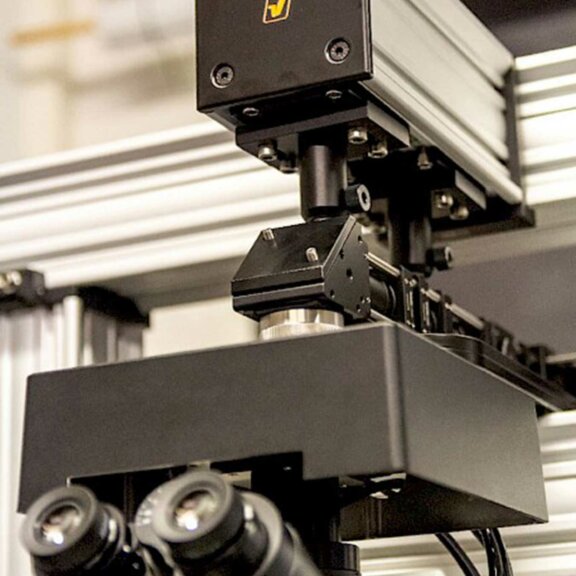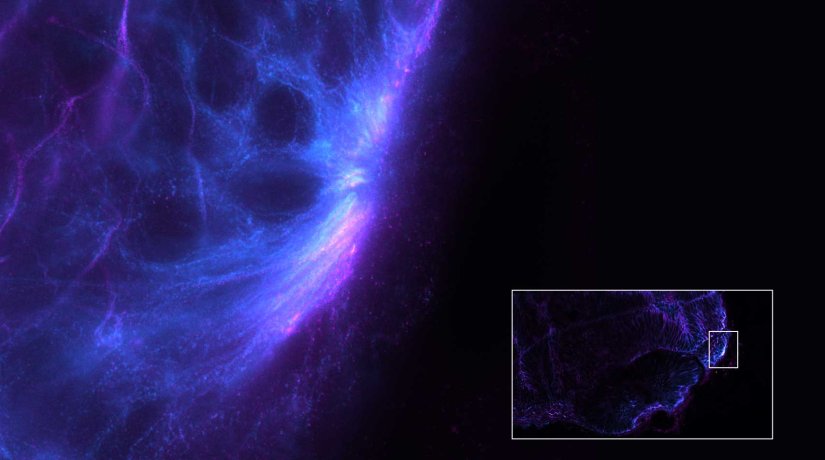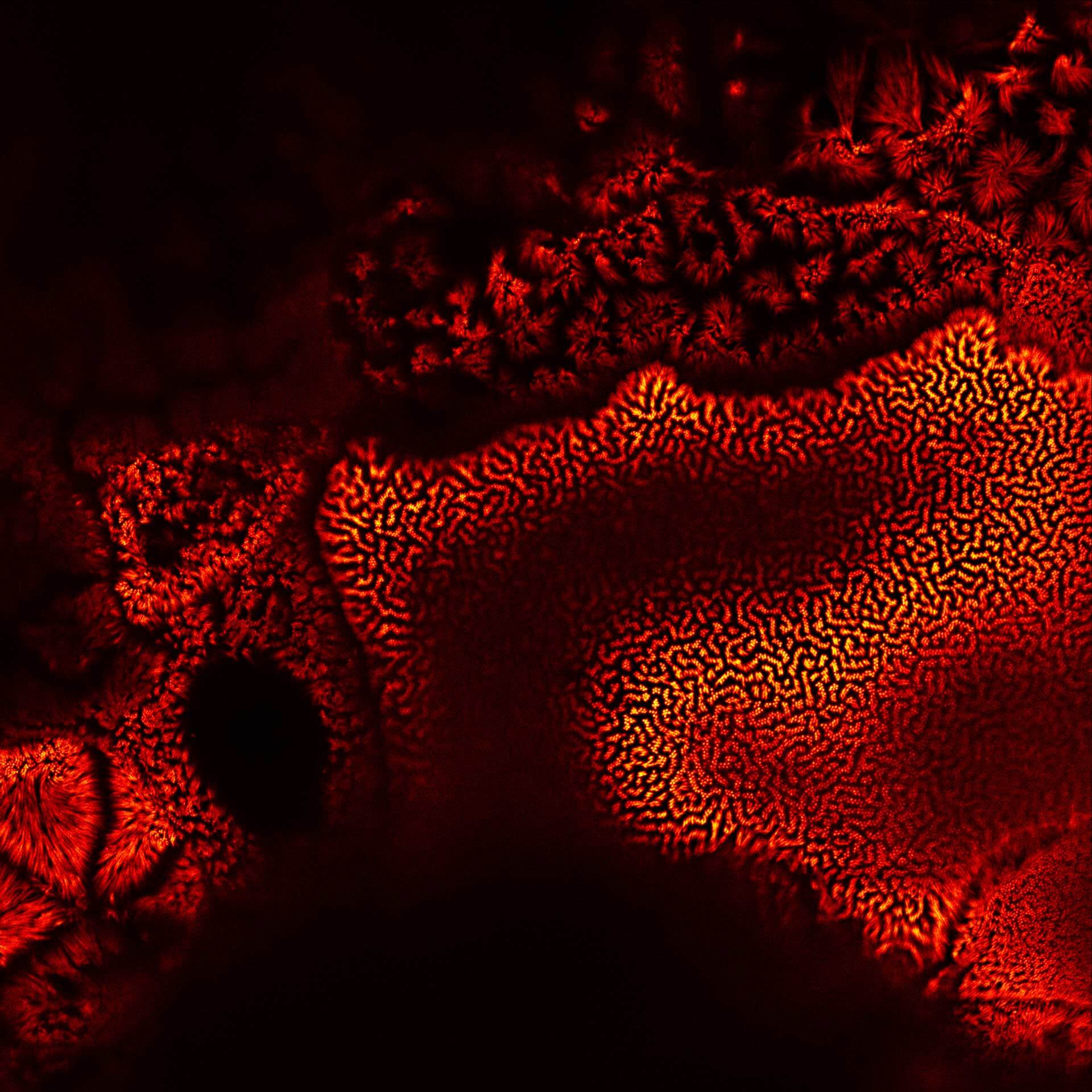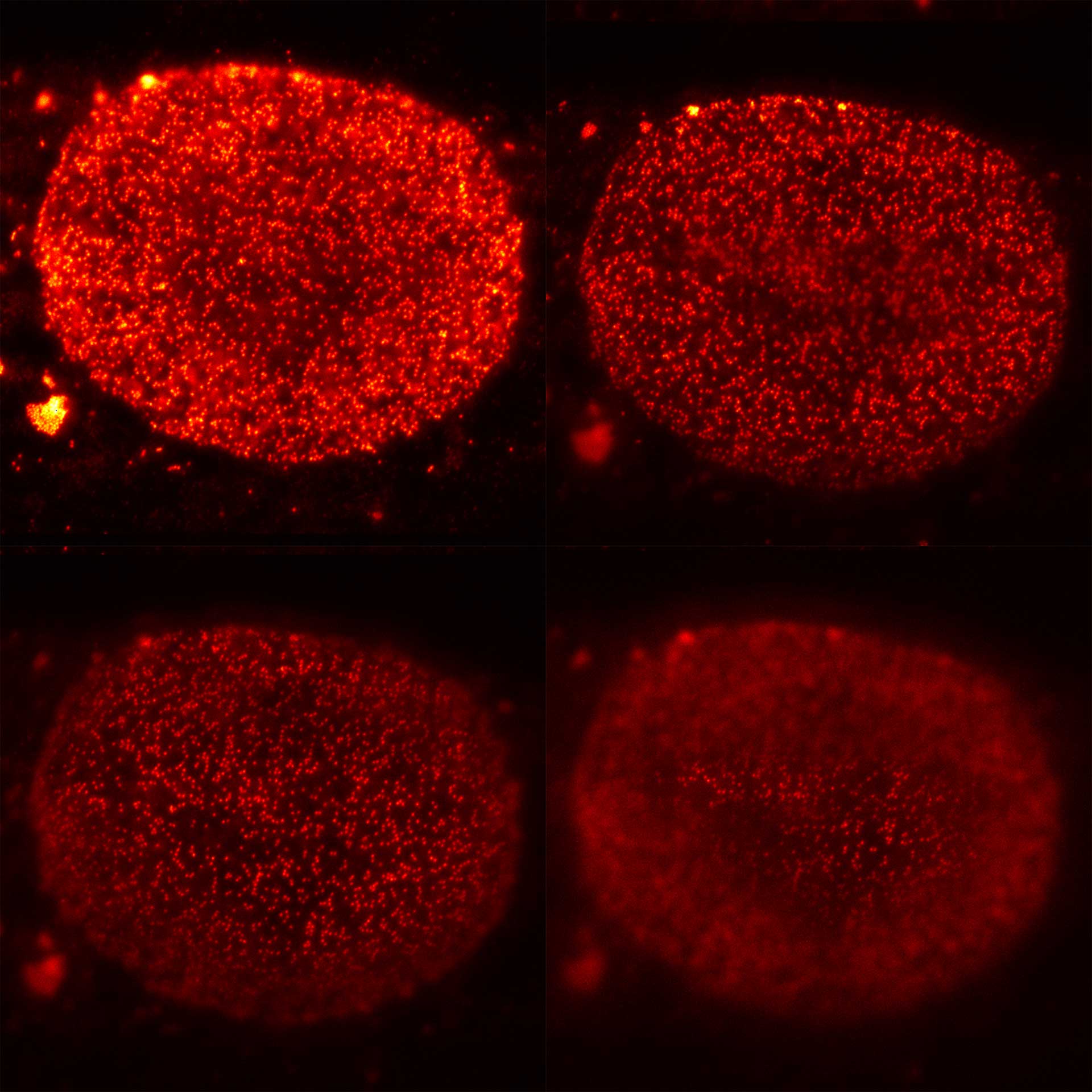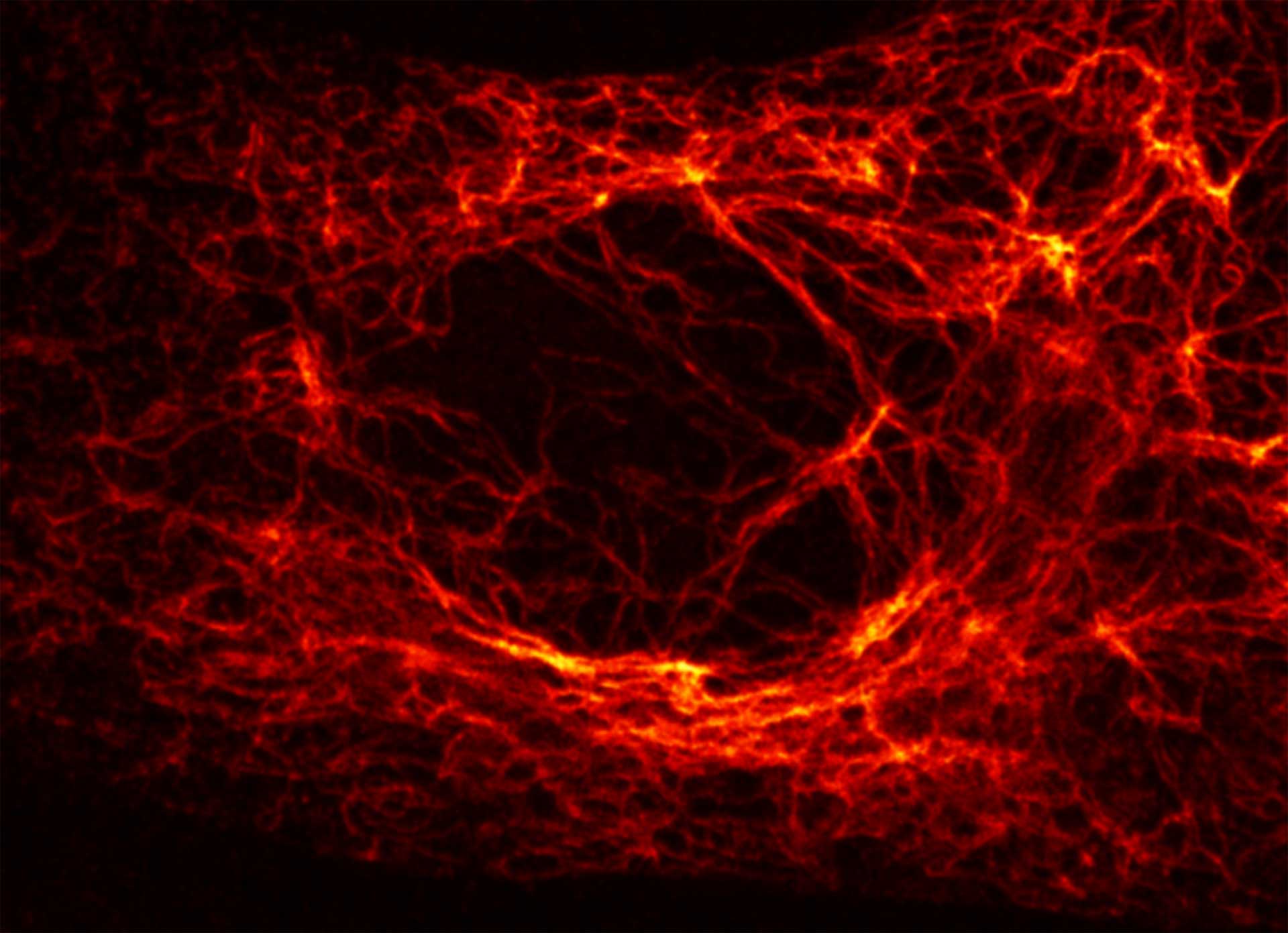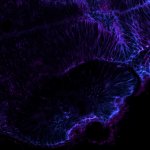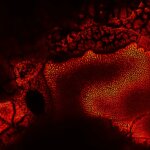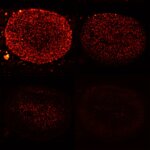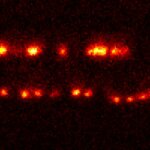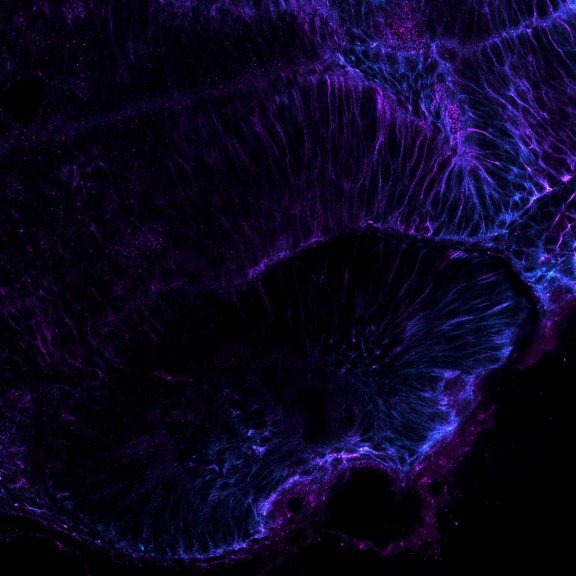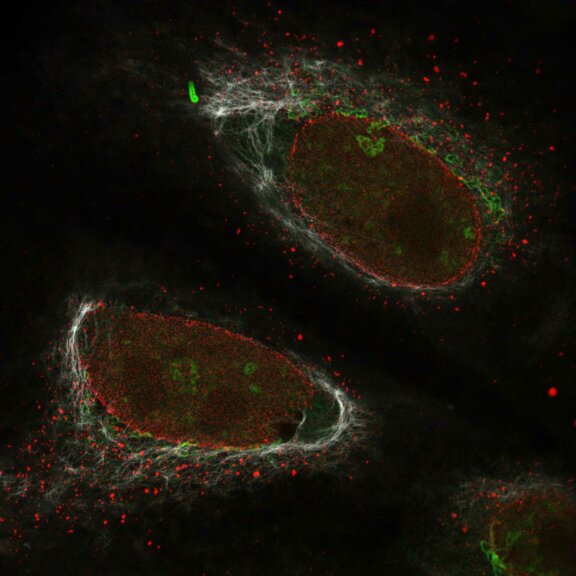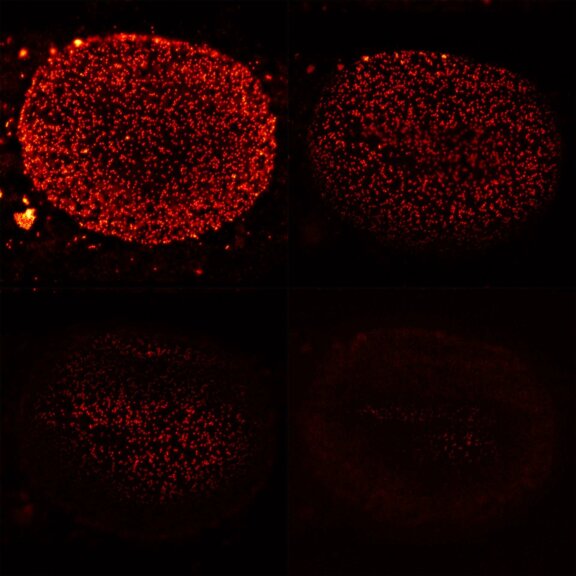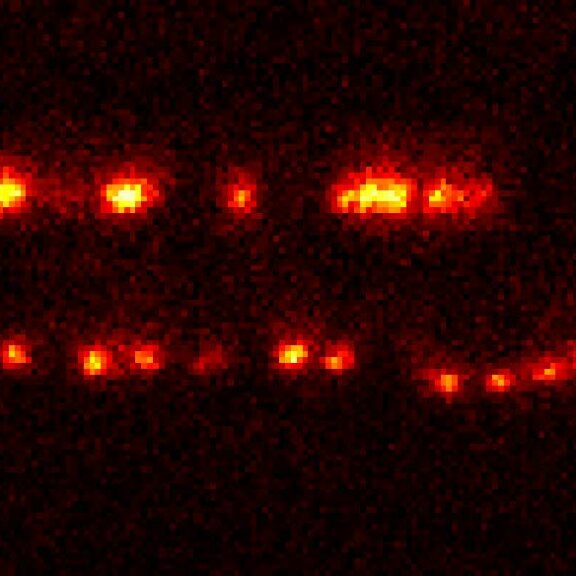MATRIX
Many eyes see more than one – this is the motto behind our excellent MATRIX detector. Numerous photodiodes integrated in a single detector chip view the sample from different angles and allow you to see things that you couldn’t otherwise. The MATRIX detector drastically improves signal-to-background ratio, resolution, and dynamic range!
STED reloaded
MATRIX Detector
Many eyes see more than one. The MATRIX detector drastically improves signal-to-background ratio, resolution, and dynamic range.
TIMEBOW Imaging
TIMEBOW lifetime imaging for stunning results at confocal and STED super-resolution.
FLEXPOSURE Illumination
Brings down the light dose on your sample and lables dramatically. Key ingredient for volume and live-cell superresolution.
RAYSHAPE Mirror
Dynamic aberration correction with a deformable mirror over about 200 µm z-range. 140 digital actuators adjust the mirror surface within milliseconds.
Custom Solutions
We offer solutions for even the most challenging applications. Everything that can be done, we will do.
MATRIX
what it is

Our MATRIX detectors consist of multiple avalanche photo diodes (APDs) with an extraordinarily high quantum efficiency (over 50 % at 500 nm) in a hexagonal arrangement on a single detector chip. Essentially, taking STED images with over 20 instead of just one eye unravels a whole new dimension of data.
Recording STED images with point detectors typically leads to images with high background levels, because the STED-donut throws out low-resolution signal in the focal plane (after all, this is what it’s supposed to do), while it leaves the background largely untouched. Since STED microscopy is a scanning method, a confocal pinhole can be used to improve the signal-to-background ratio, but for many samples, this is not enough.
With MATRIX detection, the background contribution for every pixel is measured and subtracted using physical principles. It’s not at all just another type of estimation procedure such as deconvolution or denoising. Due to its over 20 elements, the MATRIX detectors can truly measure the amount of background and remove it in the best possible way.
This way, you get STED images with drastically reduced background levels. And this in turn hugely improves analysis and post-processing, whether it’s particle counting, size estimation, intensity measurements, smoothing, or deconvolution. All this works better, because MATRIX images provide 100% physical superresolution without background fluorescence.
Just like our standard APDs, the MATRIX detectors work with our RAINBOW spectral detection, which allows you to freely choose the detection band for every MATRIX. Yes, of course you can have more than one in a system, why?
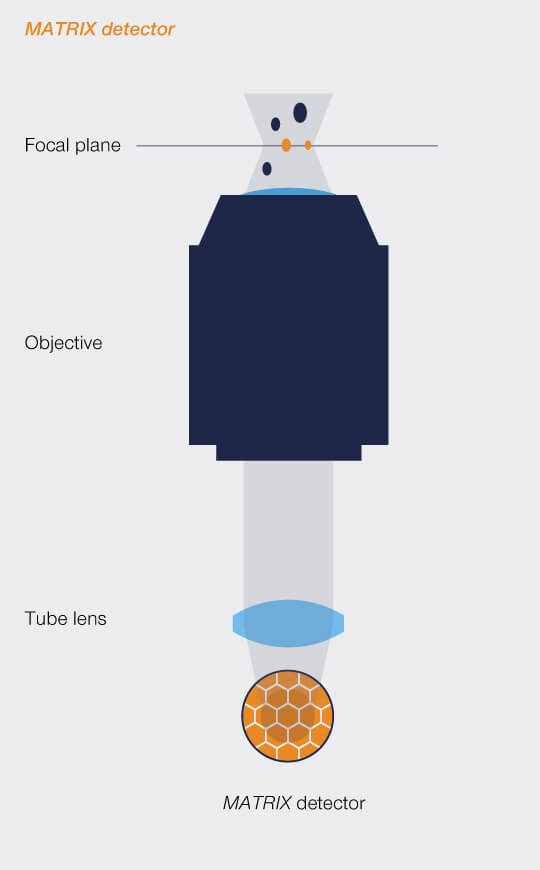
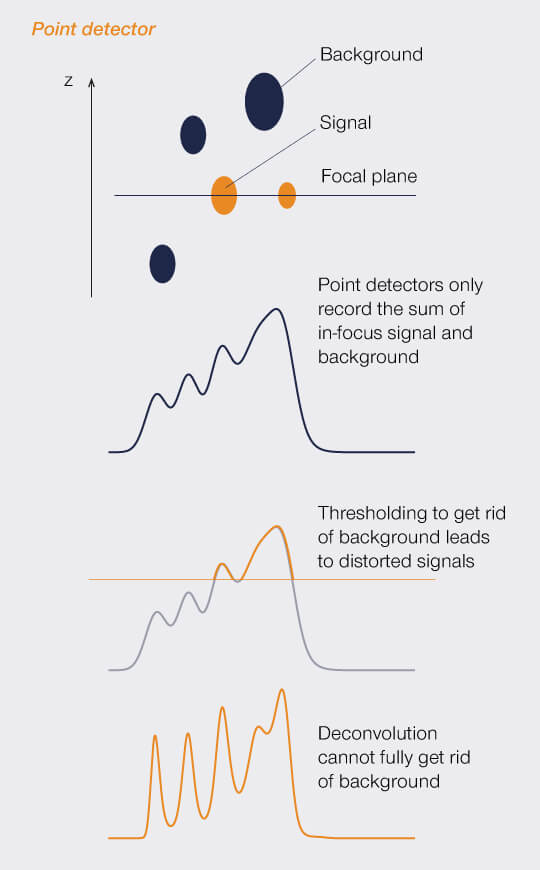

MATRIX
how it works

MATRIX detector
Focus on your thumb and close one eye.

MATRIX detector
Now close your eye and open the other one. The scence behind your thumb will jump, allowing you to tell foreground (your thumb) from background. This is how our MATRIX detector works.
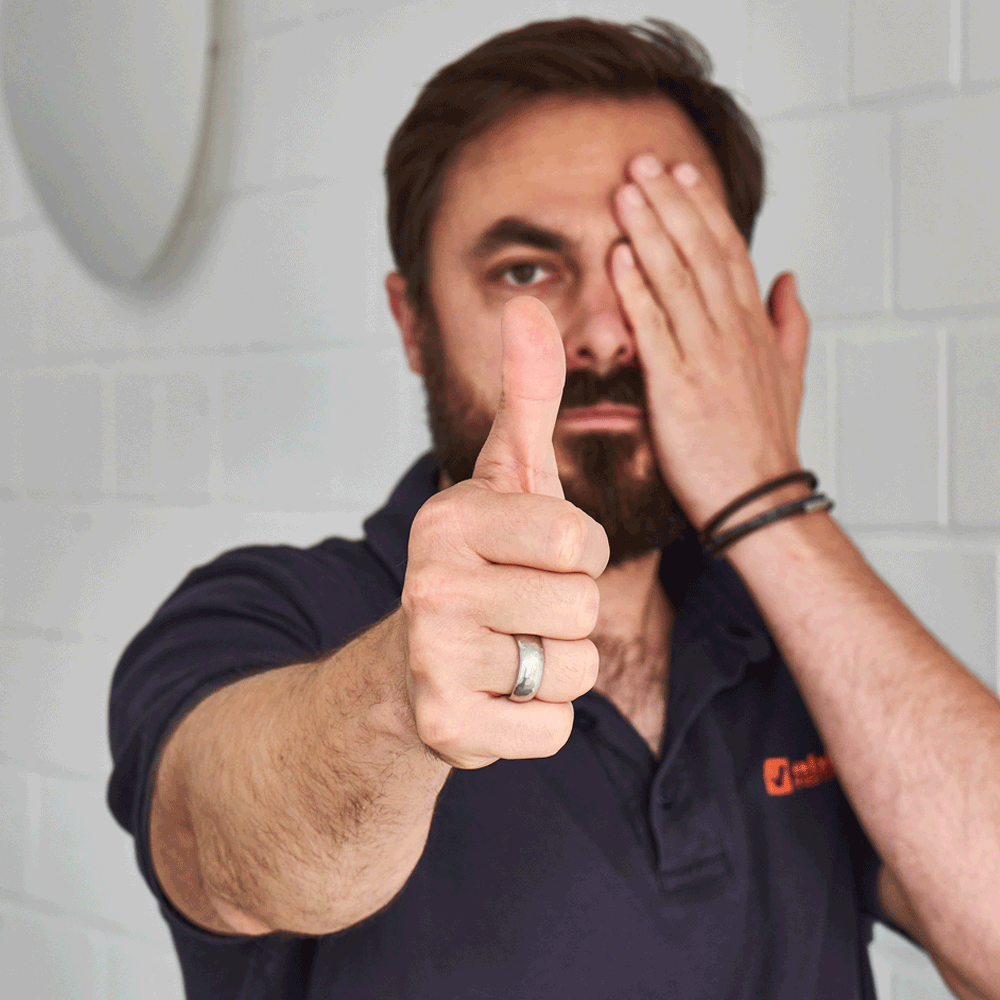
Point detector
To a single point detector, foreground and background look exactly the same. They cannot be physically discriminated.
Look at your thumb with an extended arm and with one eye closed. Now close the first eye and open the other one: your thumb will seem to jump sideways in front of whatever is in the background. Cleary, having two eyes (detectors) allows you to distinguish between foreground and background without any mathematical, artefact-generating post-processing algorithm – the simple fact that your thumb moves in front of the background is enough to tell the two apart. You know you have a real breakthrough when something is simple and effective… And with over 20 detectors, background contribution is fully defined and removed from your image, while others have the vision of a one-eyed pirate.
- Effective background reduction without artefact-prone mathematical estimation algorithms
- Highly improved optical sectioning
- Enables precise analysis of your image data







